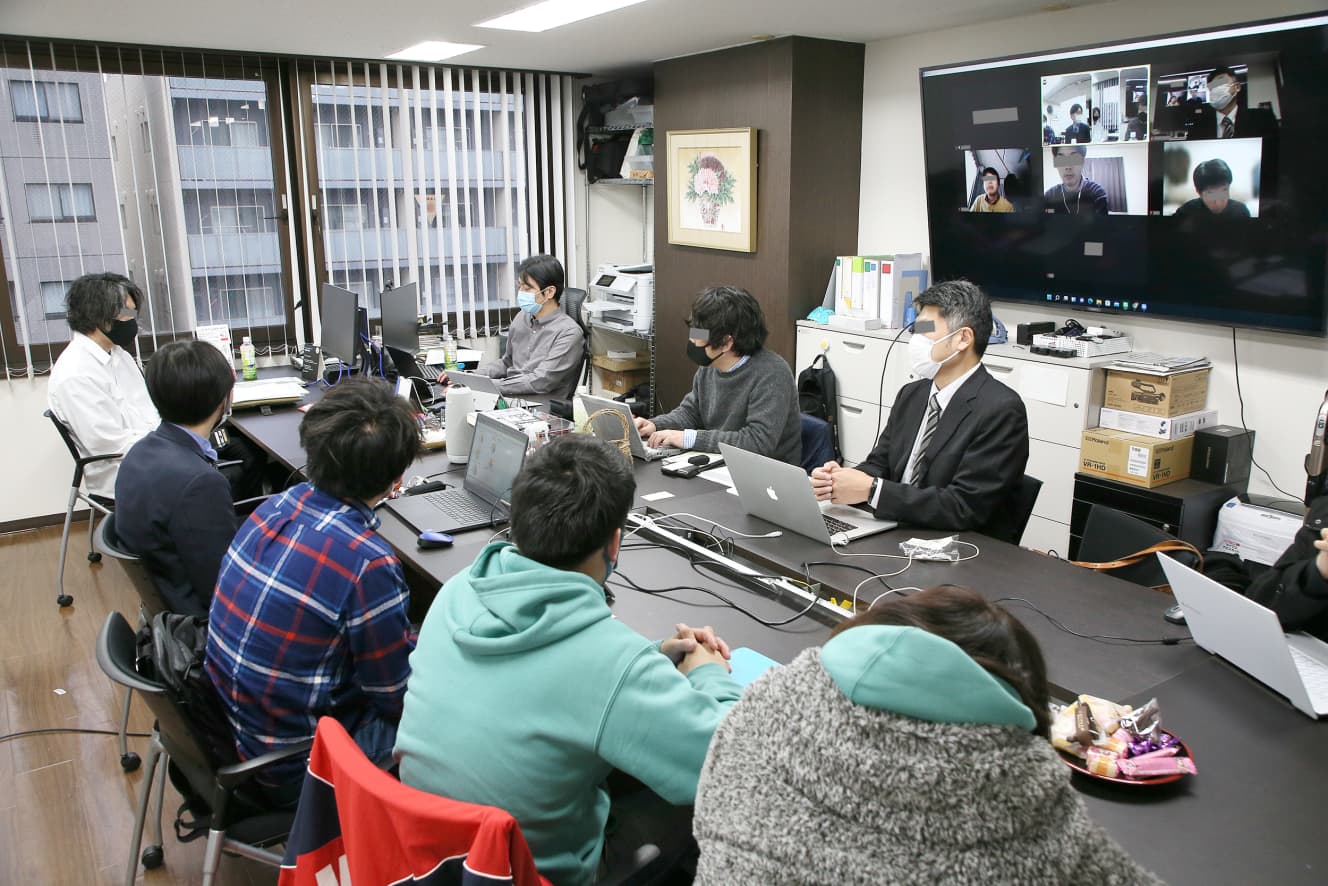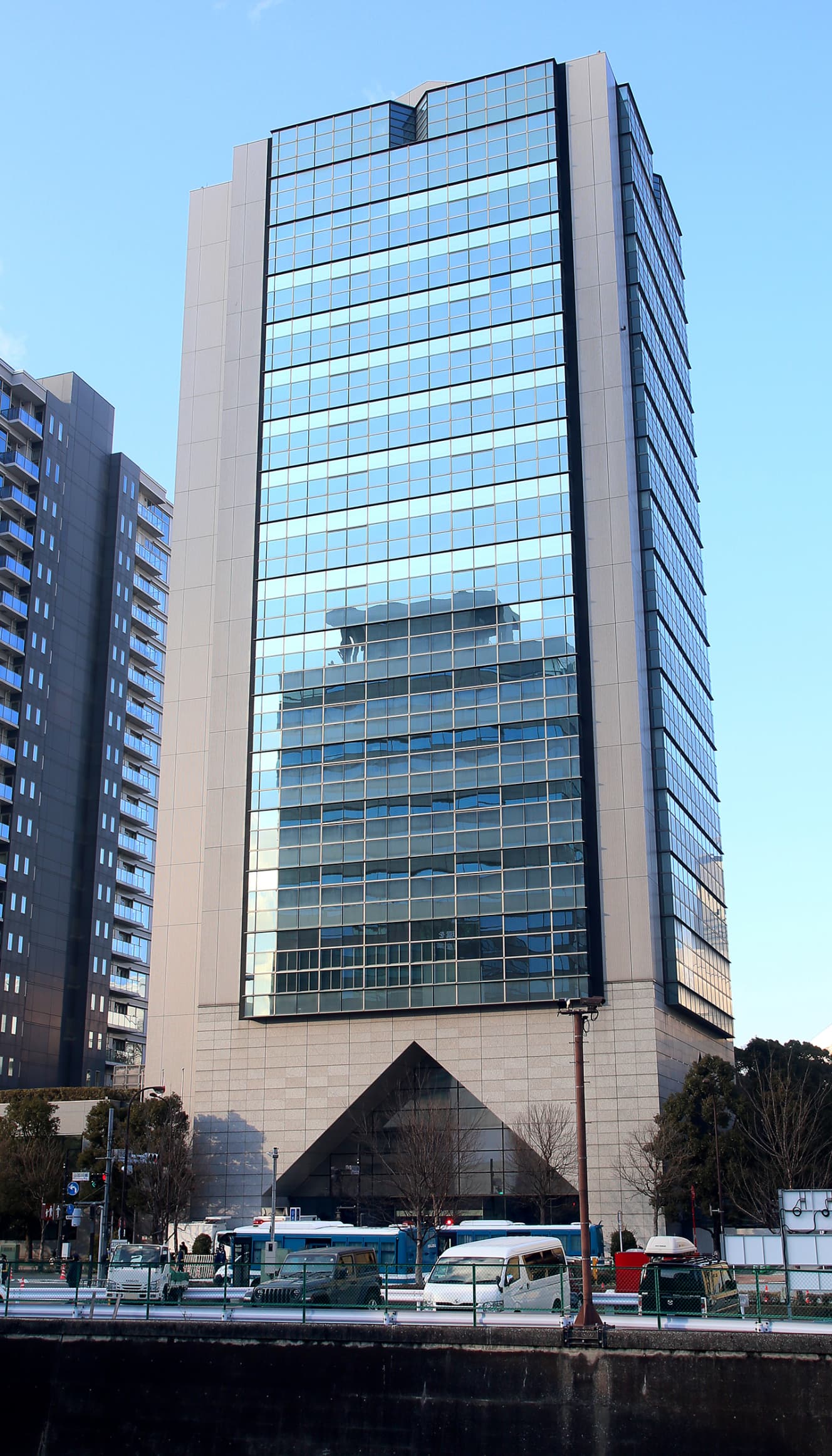Trouble! Victims of “Flat 35” with large amounts of debt lament
Fixed-rate mortgages Members are mainly in their 20s and 30s, with a large number of women. After purchasing an investment property worth more than 30 million yen, one day they suddenly receive a notice demanding a lump-sum repayment of the loan. ......
Have you ever heard of the “Flat 35” mortgage? It is a “long-term fixed-rate mortgage” handled by more than 300 financial institutions nationwide in cooperation with the Japan Housing Finance Agency (JHF), and has many users due to its advantages such as no guarantor required and no minimum annual income requirement.

However, there are now problems among “Flat 35” customers over repayment, and on February 2, a victims’ group called the “Alliance for Victims of AHLI Flat 35 Fraudulent Loans” was even established. The group is a nonprofit organization that supports the alliance,” said Satsuke Tomitani, president of ReBORNs, a general incorporated association.
There are currently about 15 members of the Alliance for Victims,” said Satsuke Tomitani, president of ReBORNs, a general incorporated association that supports the organization. All of them signed up for “Flat 35” through a financial institution called Aruch between 2006 and 2007, and purchased condominiums and other properties for investment. However, “Flat 35” is a mortgage loan for residential use, and investment use is not allowed.
Therefore, the JHF has been demanding a lump-sum repayment of the remaining loan balance since last summer. They claim that there were irregularities in the loan process. Even now, the number of people claiming damage continues to increase.”
This issue has emerged before, and the JHF conducted an investigation in ’19, demanding lump-sum repayments from 162 policyholders. The members of the alliance are mainly young, in their 20s and 30s, with annual incomes of around 4 to 5 million yen. Many are also women. They have, on average, borrowed 35 million yen to purchase properties, and their lives have been made difficult by the pressure to repay the loans.
FRIDAY interviewed members of the victims’ alliance to find out why they used the “Flat 35” residential loan as an investment. FRIDAY interviewed members of the Alliance of Victims and asked them about their cases.
It all started at a marriage activity party held at a tower apartment in Ikebukuro.
Says Aya Yoshida (pseudonym, early 30s), who works as an office worker in Tokyo.
I was introduced to Aruhi by a real estate consultant I met. I was worried, but the consultant said, ‘I am also a real estate consultant, so don’t worry,’ so I bought a 35.8 million yen condominium in Saitama Prefecture in November 2006.
Mr. Yoshida says he signed the contract without knowing that “Flat 35” was for residential use. Last summer, he received a notice from the Japan Housing Finance Agency (JHF) that he had to pay the balance of his loan, and he was shocked.
There is still more than 30 million yen left on the loan,” he said. I tried to sell the property, but it was only worth 10 million yen. It was partly my fault for not doing proper research before signing the contract. But I think it’s also the fault of the builder who took advantage of my desire to get married to give me a loan for an amount greater than the property’s original value.”
Some of the members have managed to pay off their debt. This is the case of Tsuyoshi Yamamoto (pseudonym, early 30s), an office worker in Tokyo.
He purchased the property in May 2006. It was a 42.3 million yen condominium in Koto-ku, Tokyo. When the real estate agent introduced me to ALC, he explained that it was a loan for residential use. However, the real estate agent said, ‘Everything will be fine.
The notice of lump-sum repayment of the loan arrived in March 2008. The repayment cost was raised by selling the condominium.
I sold it for about 30 million yen, but I had to take out the remaining 10 million yen. I asked my parents to borrow money for my retirement. When I think about my parents, I can’t even get a meal down my throat. ……
Most members of the Alliance for Victims admit that they are responsible for their own actions. At the same time, however, they are also pursuing AHLI’s responsibility for recommending “Flat 35” for investment. They also claim that they will negotiate with the Japan Housing Finance Agency (JHF) to demand lump-sum repayment of their loans, claiming that the agency may have been sloppy in its loan screening process.
In response to FRIDAY’s interview, JHF said
Based on the contract with the customer and the contract with the financial institution (the financial institution and ETIC are the seller and the buyer of the mortgage loan based on the contract), ETIC has been responding to cases of improper use based on facts and evidence of violation of the terms of the contract. We will continue to take appropriate action when such facts are identified. The Alliance of Victims has recently visited OIST, and we will continue to listen to them politely if necessary.
The company responded. Aruch was not
We are not aware of the facts as claimed by the Alliance for Victims, nor of the relationship between the real estate business and the debtor, nor of any specific correspondence between the two, so we will refrain from responding.
He replied.
The alliance says it will continue negotiations, but will the day ever come when their lives will improve?

From the March 4, 2022 issue of FRIDAY
PHOTO: Toshikatsu Tanaka